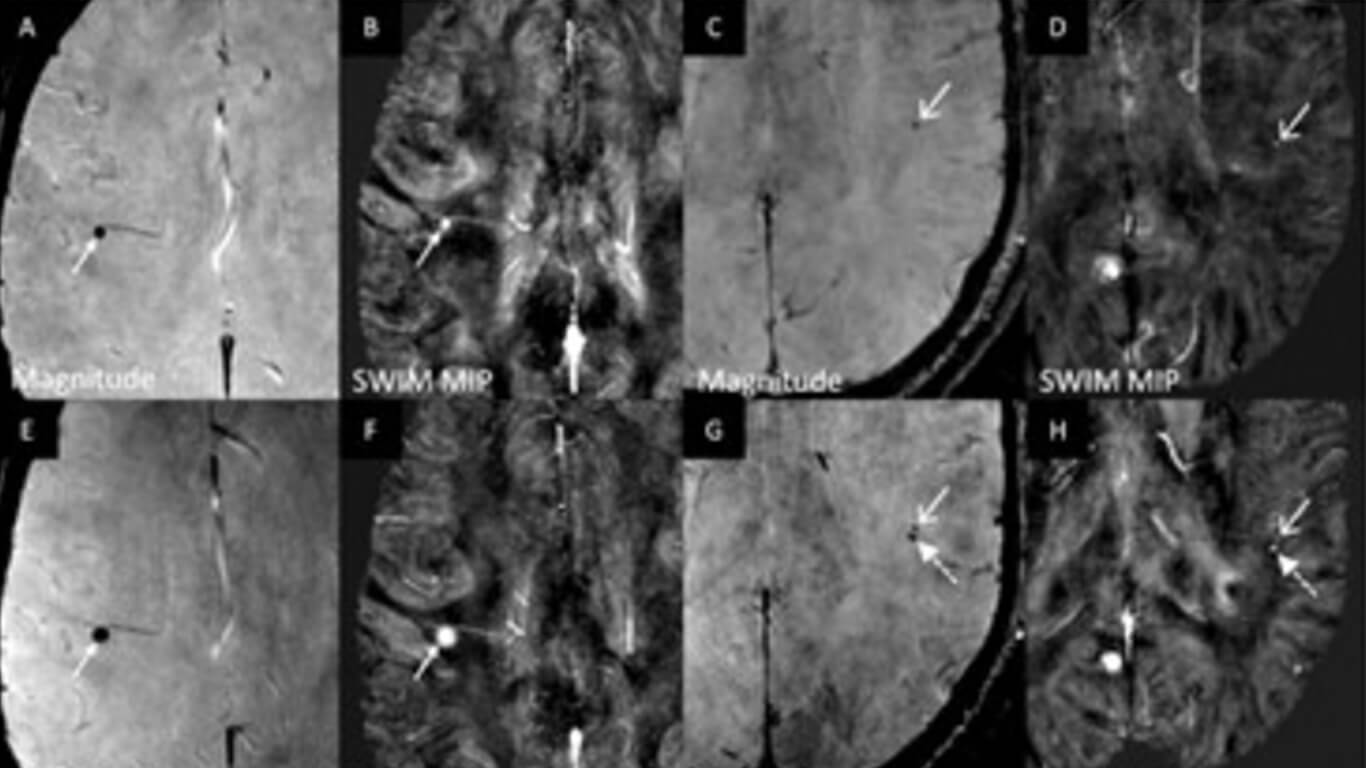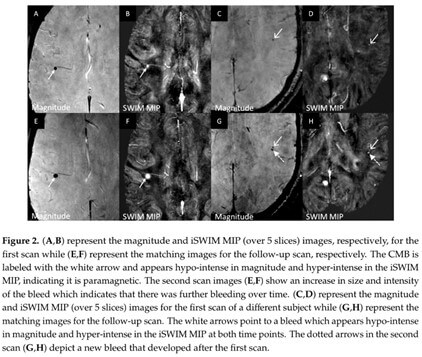
Longitudinal Magnetic Resonance Imaging of Cerebral Microbleeds in Multiple Sclerosis Patients
By: Karen Holzberger, President & CEO of SpinTech MRI
Author(s): Karthikeyan Subramanian 1,* , David Utriainen 2,3, Deepa P. Ramasamy 4 , Sean K. Sethi 1,2,3 , Ferdinand Schweser 4,5 , John Beaver 6 , Jesper Hagemeier 4 , Bianca Weinstock-Guttman 7 , Rajasimhan Rajagovindan 6 , Robert Zivadinov 4,5 and Ewart Mark Haacke
Journal: Diagnostics
Published: 2020
Read Full Paper: https://www.mdpi.com/2075-4418/10/11/942
Abstract

We hypothesized that cerebral microbleeds (CMBs) in multiple sclerosis (MS) patients will be detected with higher prevalence compared to healthy controls (HC) and that quantitative susceptibility mapping (QSM) will help remove false positives seen in susceptibility weighted imaging (SWI).
Method
A cohort of 100 relapsing remitting MS subjects scanned at 3T were used to validate a set of CMB detection guidelines specifically using QSM. A second longitudinal cohort of 112 MS and 25 HCs, also acquired at 3T, was reviewed across two time points. Both cohorts were imaged with SWI and fluid attenuated inversion recovery. Fourteen subjects in the first cohort (14%, 95% CI 8–21%) and twenty-one subjects in the second cohort (18.7%, 95% CI 11–27%) had at least one CMB.
Conclusions
The combined information from SWI and QSM allowed us to discern stable CMBs and new CMBs from potential mimics and evaluate changes over time. The longitudinal results demonstrated that longer disease duration increased the chance to develop new CMBs. Higher age was also associated with increased CMB prevalence for MS and HC. We observed that MS subjects developed new CMBs between time points, indicating the need for longitudinal quantitative imaging of CMBs

